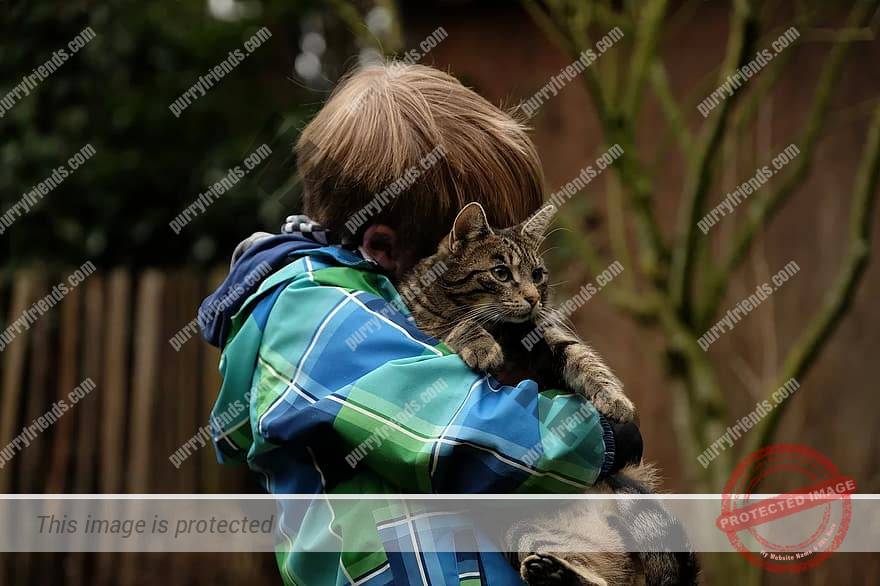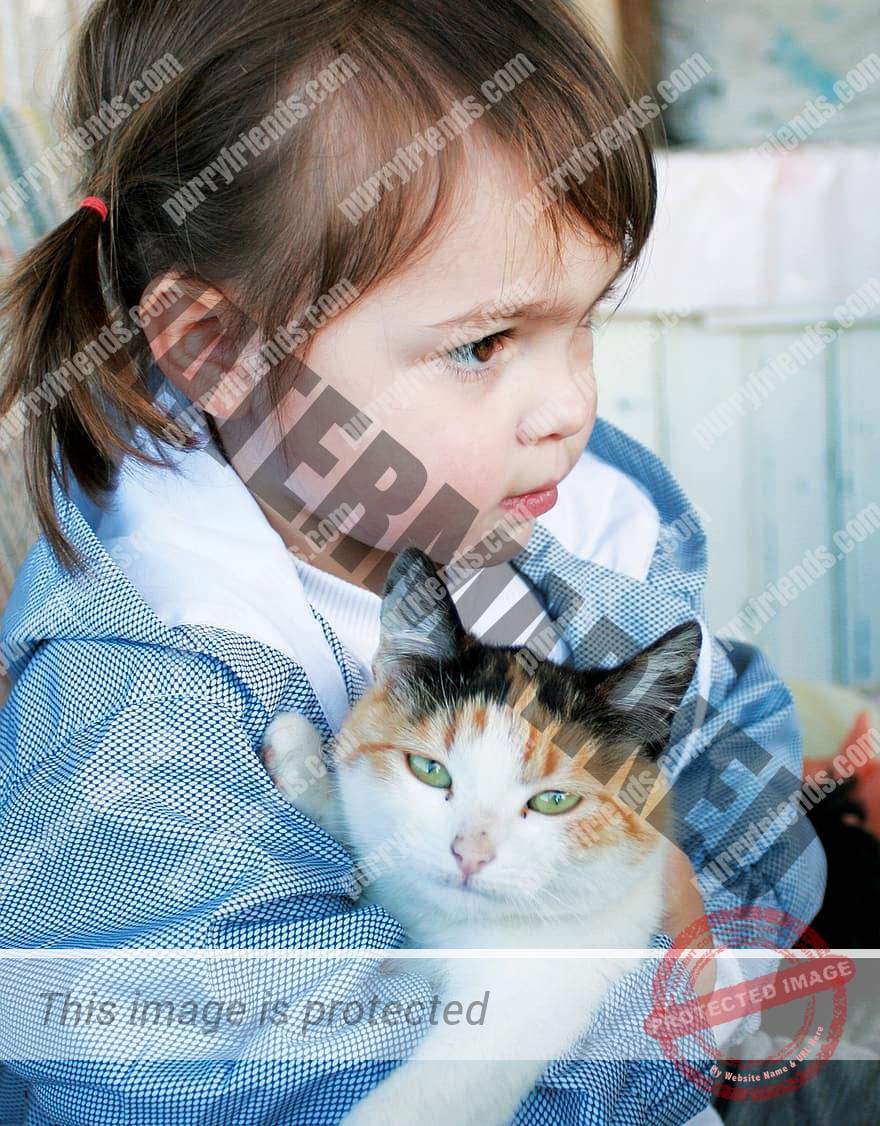Why Choosing Carefully Is Important
Whether your new cat companion is purebred or not, it’s helpful to know the likely qualities of your new cat. You know that different cat breeds have a wide variety of appearances and sizes, but did you know that each breed also has distinct personality traits and behaviors? This variety of personalities means that some breeds are much more appropriate for children than others. If you have children in the house, especially young children, it’s important to choose wisely when buying a pedigreed cat. Even if you’re planning to take home a kitty from your local shelter (a great idea!) you can often tell a lot about a cat’s likely personality by the breed it most resembles. Finally, the age of the kitty you take home can make a big difference.
Qualities to Look For
Like cats, kids have different personalities, so consider your own child’s needs. Is your child an active, rough-and-tumble kind of kid, or more quiet and reserved? Will they most appreciate a playmate or a calm and cuddly cat? Is your child a toddler or closer to teen years? With these questions in mind, consider how important each of the following qualities will be:
- Size – large or small
- Build – stocky or slender
- Tolerance for roughhousing – easygoing or likely to object
- Affectionate or Aloof
- Activity level – zooming and playing, or more sedate
The Cat’s Age Matters
If you’re planning to bring home a pedigreed cat, it’s almost certain to be a kitten. In that case, the most important consideration is the qualities typical of the breed. But if you’re bring home a shelter kitty, age is a more complicated factor. Some adult cats at the shelter were brought in by people who are familiar with the cat’s personality. They might have let the shelter know whether or not the cat is good with children, dogs, or other cats. This is a wonderful reason to take home an adult cat from your local shelter. When picking out a kitten, usually the shelter will allow you to spend time in a room with multiple kittens for a while, in hopes that you will be able to get an idea of their personalities. Pure bred or not, taking home a kitten to a house with dogs or kids will give the kitty some chance to get used to their housemates. But the best way to predict whether or not a cat will fit in with your family is still to bring home an adult cat from the shelter. Taking in an elderly cat can be very rewarding, but do consider whether your child or children will be able to treat the senior kitty gently.
Teach Your Child How to Treat Their Pet
Too often, parents only consider the cat’s behavior, making the assumption that their child will know appropriate behavior when interacting with their new kitty. But even older children need direction when welcoming a new cat into the home. Problems with a cat’s behavior might very well stem from something a child is doing, not because the child is unkind, but simply because they don’t understand how cats like to be treated. Young children especially are likely to treat a cat the same way they treat their beloved toys. Set expectations for your child and be observant. Try giving the child age-appropriate tasks in caring for their pet. With your guidance, both child and kitty will be rewarded with a loving relationship for years to come.


